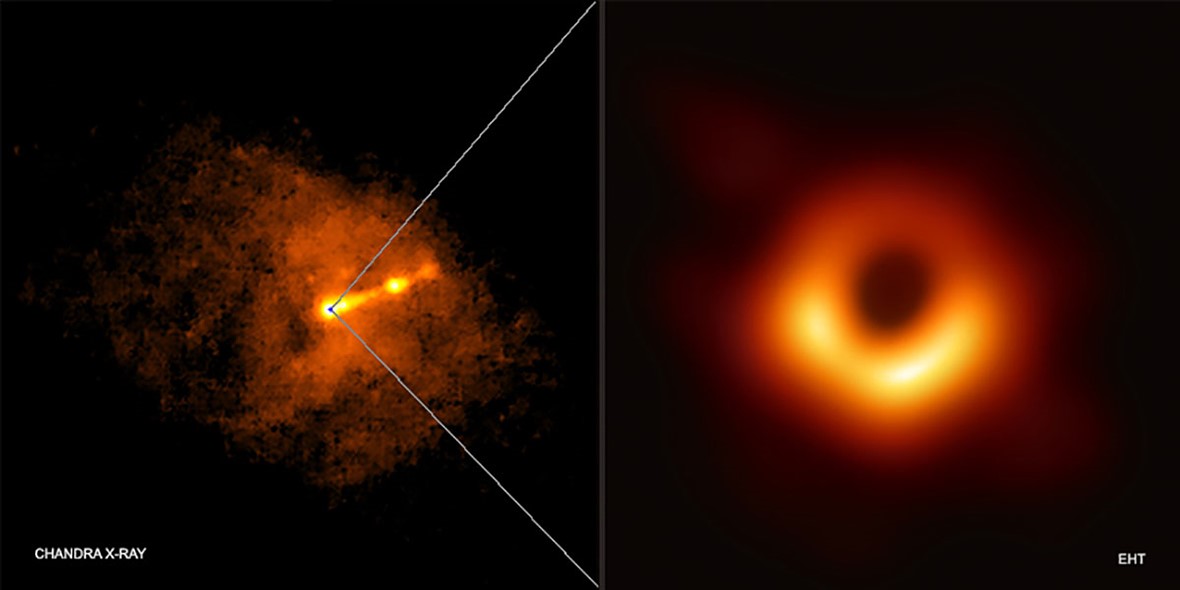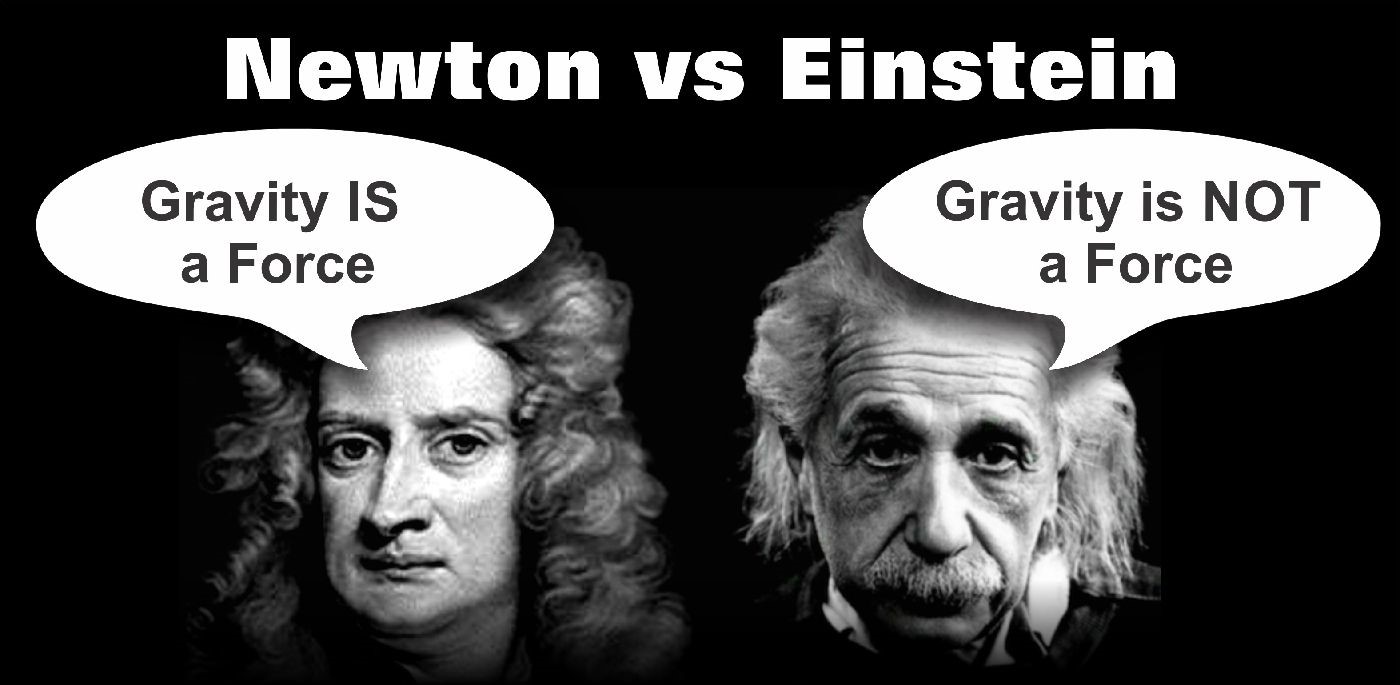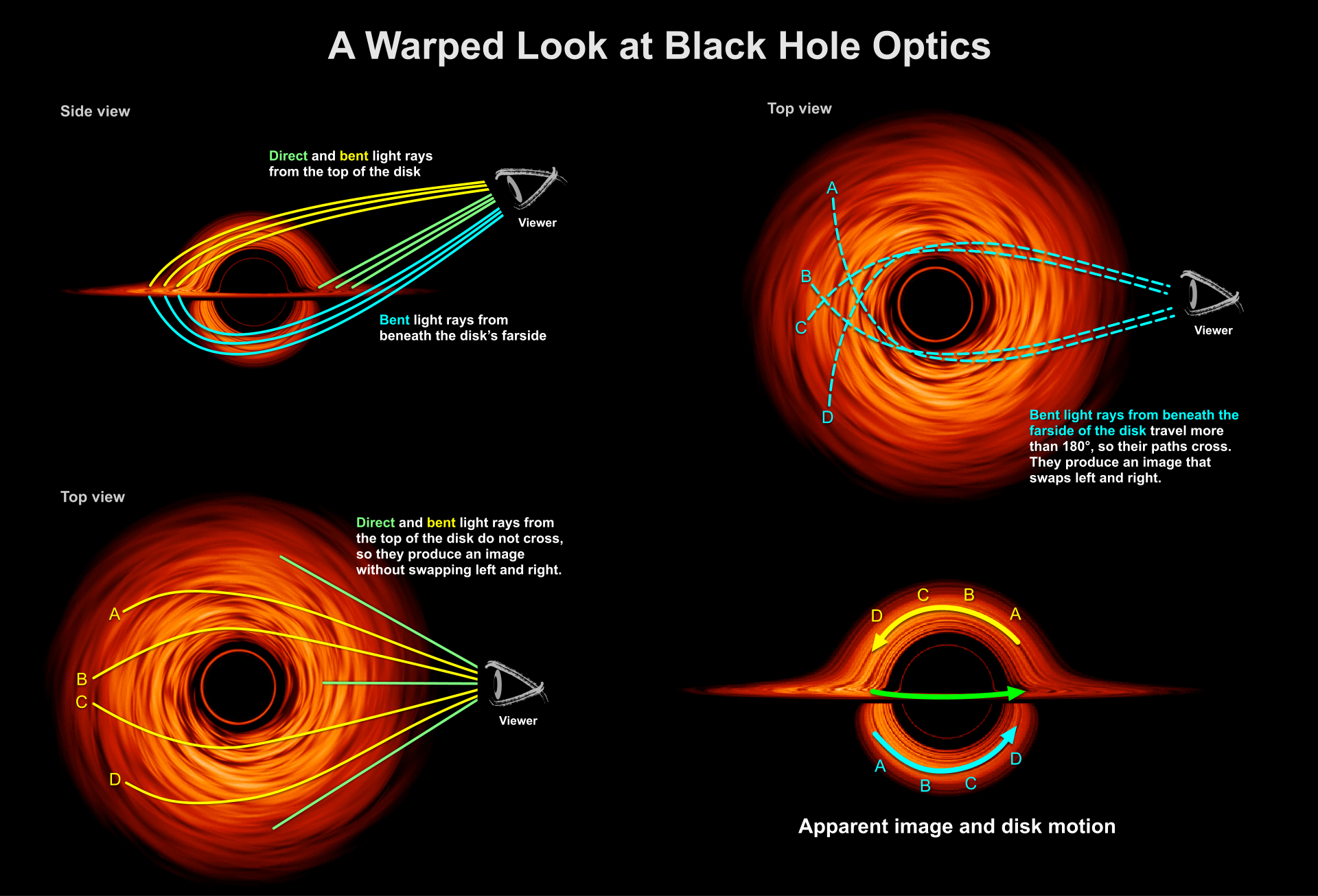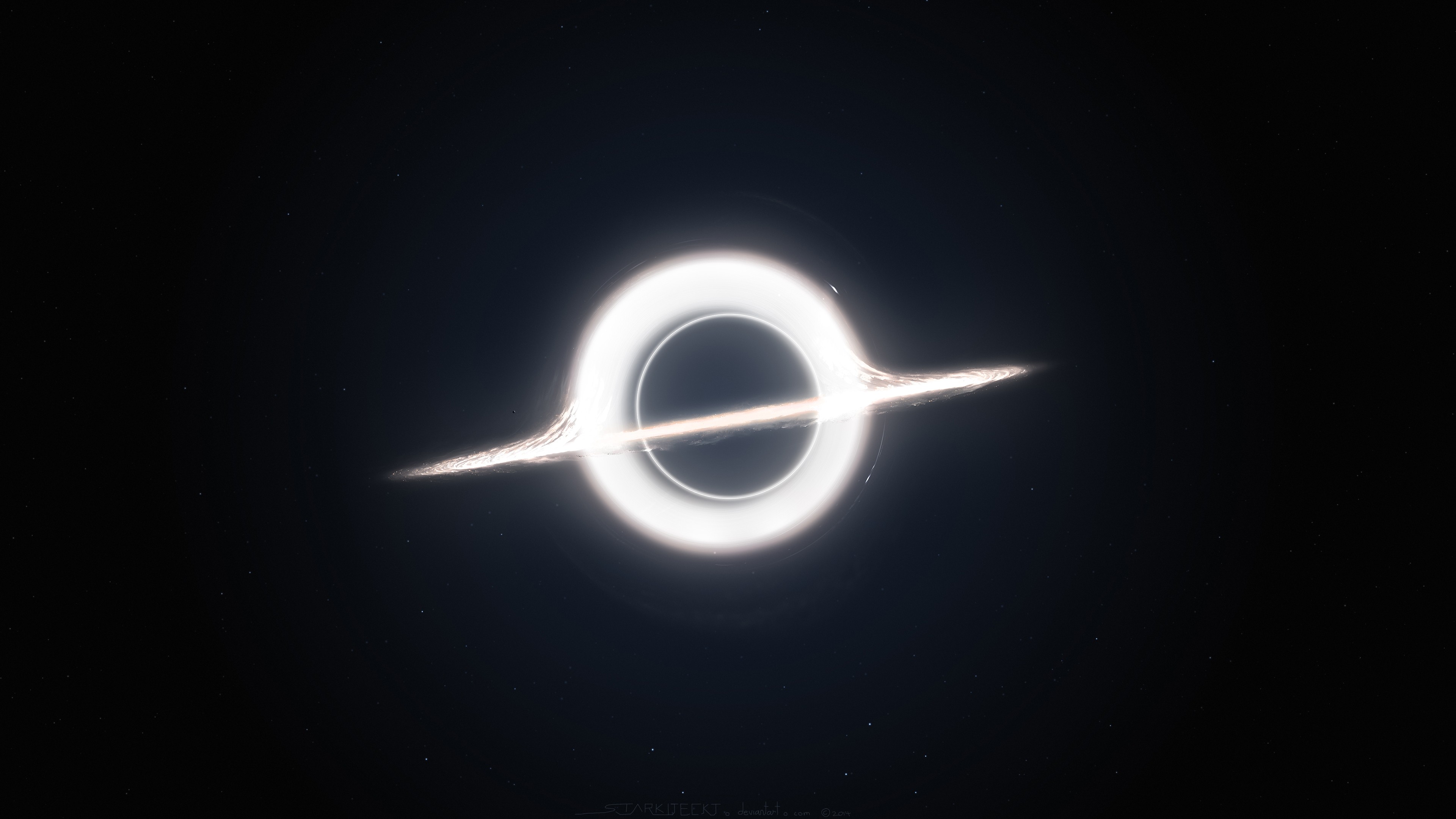April 10,2019 is a one of the most important date in the research field of astronomy and astrophysics and cosmology, the reason is humans for the first time captured an object which breaks all the rules and barriers of physics that we have understood till now, if it’s not obvious let me clarify, we’re talking about first image of Black Hole.
The first-ever image of a black hole captured the attention of the world in April 2019, and the black hole at the center of the Messier 87 galaxy was named “Powehi” in Hawaiian. “Powehi” means “the adorned fathomless dark creation” in the Hawaiian dialect. The image was a remarkable achievement that defied the laws of physics and showcased a strange phenomenon in the universe. However, why is this discovery such a big deal for humanity? It is because this groundbreaking feat represents a significant step forward in our understanding of the universe, and it provides us with invaluable insights into the mysteries of black holes and the cosmos.
 First image of Black Hole at the center of Messier 87 by Event Horiszon telescope.
First image of Black Hole at the center of Messier 87 by Event Horiszon telescope.
Journey Through Time - Tick Tick Tick
Let us embark on a brief journey through time, from the 17th century to April 10, 2019. Along the way, we will pass through significant events such as Newton’s era and World War I, as well as Einstein’s predictions of the phenomenon we will soon witness. So, get ready to take the plunge into the past and witness the groundbreaking discovery that has captured the world’s attention till now.
The incredible story of the first-ever image of a black hole goes back to the early 20th century when the most intelligent person to ever live, Albert Einstein, developed his General Theory of Relativity. Despite working as a clerk in a patent office in Munich, Germany, Einstein proposed a groundbreaking idea about the nature of space and time, including the possibility of the existence of black holes. Later, during World War I, a lieutenant serving on the Eastern front, Karl Schwarzschild, gave perfect solutions to the unsolvable equations of Einstein’s theory, paving the way for our modern understanding of black holes. The remarkable contributions of these two brilliant minds, along with many others, culminated in the discovery of a black hole in the center of the Messier 87 galaxy in April 2019.
Is a Black Hole Black ?
The basic definition of a black hole is a massive object with an incredibly strong gravitational pull that is so intense that even light cannot escape from it. However, the real question that stands before us is how we managed to capture an image of a black hole. After all, if light cannot escape its horizon, how can we see it? The answer lies in the way in which the image was formed through the use of a technique called interferometry. This technique involves combining data from multiple telescopes across the globe, effectively creating a virtual telescope the size of the Earth. The resulting image was the culmination of years of work by a global team of scientists and engineers, and it represents a significant achievement in the history of human discovery. Despite the incredible distance of 55 million light-years between us and the black hole, we have managed to capture a glimpse of one of the universe’s most enigmatic objects.
Pale Blue Dot & Us !
Despite our many flaws and shortcomings as humans on this pale blue dot we call home, we are capable of incredible feats of scientific exploration and discovery. In the case of the first-ever image of a black hole, we used the entire Earth as a telescope, harnessing the power of interferometry to capture an image of an object located 55 million light-years away from us. The results of this remarkable venture have been nothing short of astounding, providing us with invaluable insights into the nature of black holes and the universe itself.
While we may have our faults as a species, our collective curiosity and determination to understand the world around us continue to inspire us to reach for the stars, figuratively and literally.
Sir Isaac Newton To World War I
Dating back to the time of Sir Isaac Newton and continuing to this day, our understanding of gravity has been shaped by the idea that two bodies with some mass will attract each other, with the force of attraction being proportional to the product of their masses and inversely proportional to the square of the distance between them.This concept of gravity, known as Newtonian gravity, provided a framework for understanding the universe in terms of three dimensions: x, y, and z. However, Newtonian gravity faced numerous challenges over time, such as the issue of the speed of light and the concept of absolute rest. Despite these challenges,
Newton remains widely regarded as one of the smartest people to have ever lived, having solved the equations of gravity, even if his research sat in obscurity, literally dusting until Halley urged him to publish.
Nonetheless, gravity remains one of the most challenging problems in both quantum physics and astrophysics, highlighting the ongoing need for new insights and discoveries to advance our understanding of the universe.
 PS:Gravity is a Force
PS:Gravity is a Force
In 1915, Albert Einstein introduced a revolutionary idea of gravity that challenged Newtonian gravity and explained the universe not in just three, but four dimensions, including the dimension of time. According to Einstein, the curvature of an object’s geometry changes the shape of the space-time fabric, which results in the gravity we experience. In his address to the Prussian Academy of Sciences in the same year, Einstein unveiled the field equation of gravity. However, this equation was entirely unsolvable and required complex calculations to provide an approximate right answer.
Lieutenant on Eastern Front
It was Karl Schwarzschild, a child prodigy with two research papers published before turning 16 and a PhD before 23, who gave the simplest solution to Einstein’s unsolvable equation. While serving as a lieutenant in the German artillery on the Eastern front during World War I, Schwarzschild became aware of Einstein’s theory and started working on it. He made some assumptions to solve Einstein’s equation, including a non-electrically charged, non-rotating, perfectly spherical mass. From this, he derived a geometry that satisfied Einstein’s equation, describing the geometry of space-time around a non-rotating mass like a ball. In doing so, Schwarzschild discovered a strange phenomenon in his equation.
In 1915, Schwarzschild made a groundbreaking discovery by deriving a geometry that satisfied Einstein’s equation, describing the space-time around a non-rotating blob of mass. He found that when the term (+dr²/1-rs/r) is substituted by Rs, the Schwarzschild radius, the space-time curve becomes so intense that not even light can escape its gravity. This was a monumental finding, given that light was believed to be the fastest thing in the universe. Schwarzschild also concluded that if you were to observe an object falling into a black hole, it would appear to slow down and never reach the blob of mass. Instead, the object would appear reddish due to the Doppler shift.
Unfortunately, after only six months, Schwarzschild passed away due to a skin disease he contracted during his service in the war. It’s worth noting that his name, “Schwarzschild,” is a German surname that translates to “black shield,” a fitting name given his groundbreaking work on black holes and the role they play in shaping the fabric of spacetime.
Myth To Reality
The idea of black holes was finally concluded with the solution to the equations of gravity. This image provides evidence that the general theory of relativity holds strong and that Einstein’s predictions were accurate. Black holes are formed from the complete gravitational collapse of a neutral and non-rotating body, resulting in a physical singularity at its center. The Schwarzschild radius is the boundary radius of a black hole of this type. In this picture, the Schwarzschild radius holds great significance. Black holes feed on accretion disks, which is also visible in this image.
 Black Hole Unwrapped
Black Hole Unwrapped
An accretion disk consisting of dust and gas rotates chaotically around a blackhole at an incredible temperature of around a million degrees. This disk does not extend to the blackhole due to its significant speed, which is a substantial fraction of the speed of light, and forms an innermost stable orbit. Although blackholes are known to spin, we will use the non-spinning model for the sake of simplicity. Objects at a specific distance from the blackhole can escape its event horizon, which is the point of no return for light, at a distance of 1.5 times the Schwarzschild radius.
The First Image
This is how we made the seemingly impossible possible. To delve into some facts, the photons that formed the image were of millimeter wavelengths. These photons had to travel for approximately 50,000 years to escape the event horizon and an additional 55 million years to reach us. This implies that the picture we’re seeing is roughly 55 million years old! One can only speculate what might be happening there right now.
Moreover, the Earth’s atmosphere proved to be the biggest obstacle for these millimeter wavelength photons, as the vapor in our atmosphere could easily absorb them. This is why eight of the driest observatories were used to receive this data. To put the amount of data collected into perspective, it was around 8 petabytes (1 petabyte equals 1 million gigabytes). In other words, the data collected is equivalent to a lifetime of selfies and pictures of 40,000 people!
 Gargantua from Movie Intersteller - 2014
Gargantua from Movie Intersteller - 2014
This moment is truly monumental in the history of mankind. Although this image may fall short of our expectations, we can remember the blurry black and white pixel image of Pluto from 1996 and compare it to the beautiful image we received in 2017. It’s not far-fetched to imagine that we’ll soon be able to observe a Black Hole image that is just as breathtaking as Gargantua from the movie Interstellar.
Abhinav Thorat
Research Scientist, AI Researcher and astrophile. Avid learner with diverse interest in coding, machine learning along with topics like psychology, anthropology, philosophy & astrophysics. 6+ years of experience working in multinational corporations.





